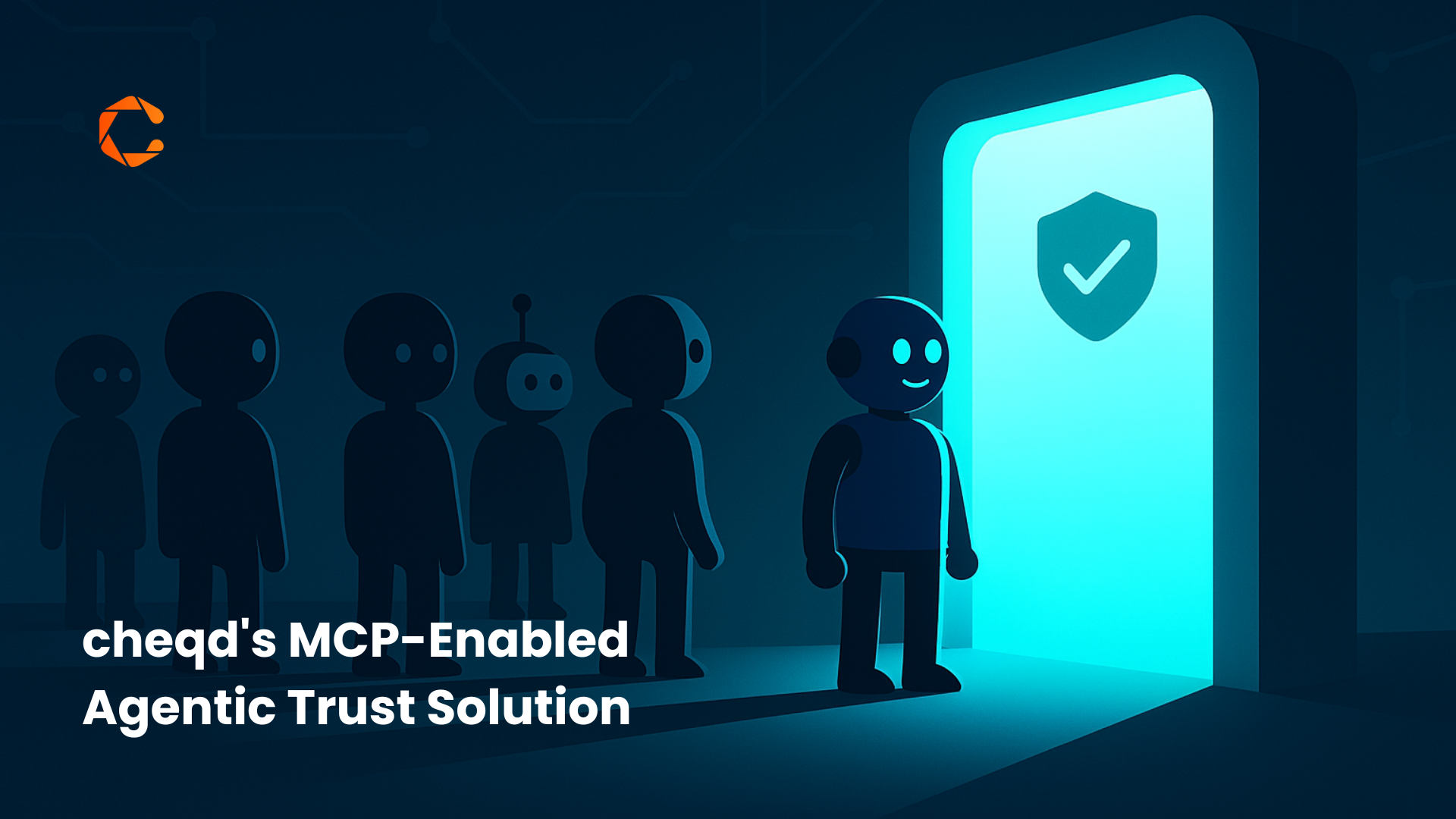
Pioneering Trust in the Age of AI: Introducing cheqd’s MCP-Enabled Agentic Trust Solution
Imagine a world humming with AI agents – digital helpers managing your schedule, booking travel, executing transactions, even collaborating with each other. This future is





